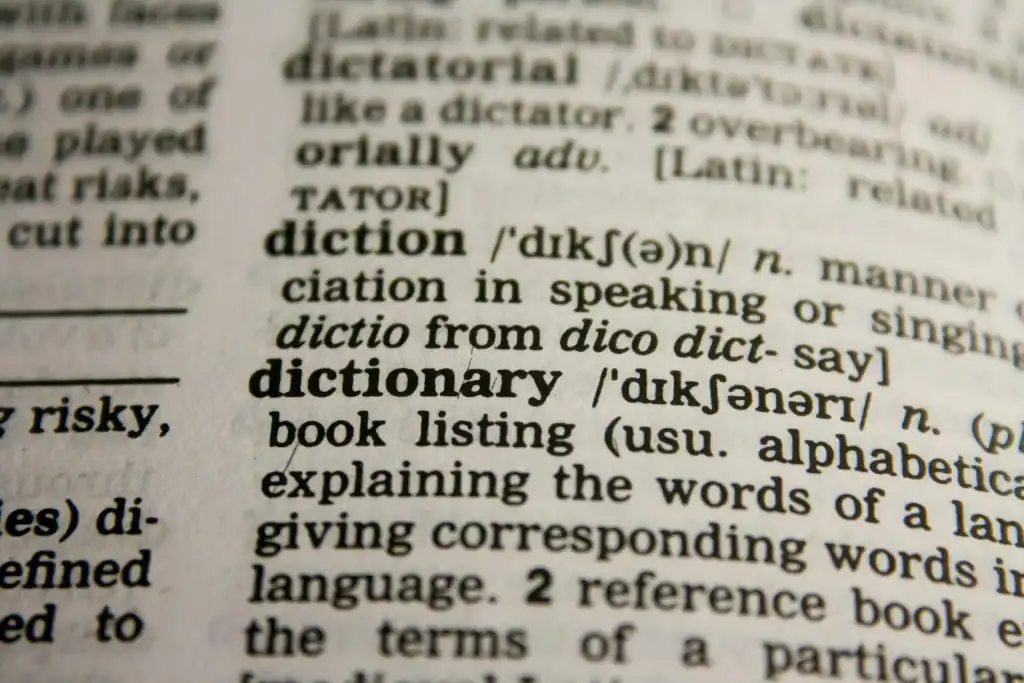Why Child‑Care Spanish Deserves Its Own Lexicon
Negotiating apartment leases or ordering café con leche flexes a certain set of Spanish muscles. Parenting, though—especially delegating your toddler’s nap schedule to another adult—demands vocabulary that’s equal parts technical and tender. Miss a pronoun in a financial meeting and you lose face; misspelled instructions about medication, and you risk far worse. After three years juggling Dominican nannies and one Colombian babysitter, I collected sentences that smooth drop‑offs, calm safety worries, and forge genuine trust.
This guide walks chronologically through the nanny‑parent relationship: interviewing, first‑day walkthrough, daily check‑ins, emergency scenarios, and appreciative feedback. Spanish examples appear in bold; English translations follow in italics. Feel free to substitute “nanny,” “niñera,” or “babysitter” depending on your household vibe.
Interview Stage: Setting Expectations Clearly
Opening the Conversation
Spanish: “Gracias por venir. Buscamos a alguien cariñosa y responsable para cuidar a nuestra hija de dos años.”
English: Thank you for coming. We’re looking for someone warm and responsible to care for our two‑year‑old daughter.
Cariñosa (affectionate) and responsable (responsible) signal the dual nature of childcare: heart and reliability.
Asking About Experience
Spanish: “¿Cuánto tiempo ha trabajado con niños de esta edad? ¿Podría contarme una rutina típica que manejaba?”
English: How long have you worked with children this age? Could you walk me through a typical routine you managed?
A Dominican candidate might mention previous families in Piantini or La Zona Oriental. A Colombian sitter may reference estratos (neighborhood tiers) to indicate socioeconomic matches.
Discussing Pay and Schedule
Spanish: “El horario sería de lunes a viernes, ocho de la mañana a cinco de la tarde. El pago es quincenal, transferido por banco.”
English: The schedule would be Monday to Friday, 8 a.m. to 5 p.m. Pay is bi‑weekly, transferred via bank.
Note the word quincenal—every fifteen days—commonly used in Latin payrolls.
First Day Walkthrough: Home Tour and Safety Ground Rules
Kitchen and Food Prep
Spanish: “Aquí guardamos los utensilios. Todo lo del estante de arriba es de vidrio; por favor, use los platos de plástico para la niña.”
English: Here’s where we keep utensils. Everything on the top shelf is glass; please use the plastic plates for the little one.
If allergies lurk:
“La niña es alérgica al maní. Evite productos con cacahuate. Si nota ronchas, avíseme de inmediato.”
“She’s allergic to peanuts. Avoid products with peanut. If you see hives, call me immediately.”
Bathroom and Diaper Area
Spanish: “Los pañales y las toallitas están en este cajón. La pomada se usa solo si la piel se ve roja.”
English: Diapers and wipes are in this drawer. The ointment is only for when the skin looks red.
Dominican nannies appreciate pomada (ointment) and crema (cream) distinction; Colombians may say ungüento.
Emergency Numbers List
I tape a paper by the fridge titled Números de emergencia:
- Papá: 829‑555‑1234
- Mamá: 809‑555‑5678
- Pediatra (Dr. Fernández): 809‑555‑4321
- Clínica Abel González Urgencias: 809‑555‑9111
Then verbally review:
Spanish: “Si ocurre algo grave, llame primero al 911 y luego a nosotros. Use la llave azul del portón para salir rápido.”
English: If something serious happens, call 911 first and then us. Use the blue gate key for a fast exit.
Daily Check‑Ins: The Three Corners—Meals, Naps, Diapers
Meal Reporting
Spanish: “Almorzó arroz con pollo. Comió casi todo y tomó un vaso de agua.”
English: She had rice with chicken for lunch. She ate almost all of it and drank a glass of water.
Dominicans often note “comió todo” (ate everything). Colombians might add “le gustó mucho” (she liked it a lot).
Nap Log
Spanish: “Durmió de una a dos y media. Se despertó tranquila.”
English: She slept from 1:00 to 2:30. She woke up calm.
Diaper or Potty Updates
Spanish: “Le cambié el pañal a las diez y a las cuatro. El pañal de la tarde estaba un poco suelto.”
English: I changed her diaper at ten and at four. The afternoon diaper was a bit loose.
Spanish for Discipline and Boundaries
Spanish: “Preferimos corrección positiva. En lugar de decir ‘no,’ redirija la atención con otra actividad.”
English: We prefer positive correction. Instead of saying “no,” redirect her attention with another activity.
Key verbs:
| Spanish | English |
|---|---|
| Redirigir | Redirect |
| Advertir | Warn gently |
| Regañar (avoid) | Scold, but often too harsh |
Bedtime Routine (If Babysitting at Night)
Spanish: “A las siete le pongo pijama, le leo un cuento y apago la luz a las siete y media.”
English: At seven I put pajamas on her, read a story, and lights out by seven‑thirty.
Phrase to ensure consistency:
“Si pide agua después de apagar la luz, dele un sorbo pequeño y recuéstela otra vez.”
“If she asks for water after lights out, give her a small sip and lay her back down.”
Emergency Scenarios: Spanish Sentences You Hope to Never Use
Fever
Spanish: “Tiene fiebre de 38 grados. Ya le puse el termómetro dos veces.”
English: She has a fever of 38 °C. I’ve taken her temperature twice.
Choking or Injury
Spanish: “Se atragantó con un trozo de plátano. Le hice palmadas en la espalda y expulsó la comida.”
English: She choked on a piece of plantain. I patted her back and she expelled the food.
Follow‑up directive:
“Voy camino al hospital. Nos encontramos allí.”
“I’m on my way to the hospital. Meet us there.”
Gratitude and Feedback—Building a Loyal Relationship
Daily Thanks
Spanish: “Muchísimas gracias por hoy. Noté que la niña está feliz y tranquila contigo.”
English: Thank you so much for today. I noticed the little one is happy and calm with you.
Addressing Issues Politely
Spanish: “Quería comentar algo: el jugo de piña la pone muy inquieta. ¿Podríamos evitarlo?”
English: I wanted to mention something: pineapple juice makes her very hyper. Could we avoid it?
Using quería comentar softens critique.
Regional Variations Worth Knowing
| Topic | Dominican Term | Colombian Term | Notes |
| Pacifier | Chupón | Chupete | DR “bobo” also heard |
| Bottle | Biberón | Tetero | “Pacha” in some DR areas |
| Potty | Orinal | Chichí | In DR, “bacenilla” older term |
| Crib | Cuna | Cuna | Same word |
Mixing terms shows cultural savvy; nannies feel respected when you adopt their vocabulary.
Cheat Sheet: Quick Imperative Verbs for Nanny Notes
| Spanish Imperative | English |
| Revisa el pañal | Check the diaper |
| Calienta la comida | Warm the food |
| Mide la temperatura | Measure the temperature |
| Llama si pasa algo | Call if anything happens |
| Guarda los juguetes | Put away the toys |
Anecdote: The Night I Learned “Mocos” Means More Than Runny Nose
I once received a voice note at midnight: “Ella está con muchos mocos y tosiendo.” Half asleep, I panicked—thought she was choking. Rushed home to find mild congestion. Lesson: Dominican nannies call any nasal discharge mocos. We updated our glossary: “congestionada” (congested) vs “atragantada” (choking).
Now I clarify:
Spanish: “¿Tiene mocos ligeros o la respiración está obstruida?”
English: Does she have light mucus or is her breathing blocked?
Conclusion: Safety Flows from Clear Spanish, Trust Springs from Respect
Handing your child to another adult is an act of faith. Layering precise Spanish onto that faith transforms daily logistics into partnership. Learn the verbs, soften requests with por favor, celebrate wins with gracias de corazón. Soon, your nanny will WhatsApp midnight updates that read like poetry instead of panic.
Que tu hogar sea bilingüe en amor y seguridad, y que cada siesta y sonrisa se cuide con las palabras adecuadas. ¡Éxitos en tu aventura de crianza!



